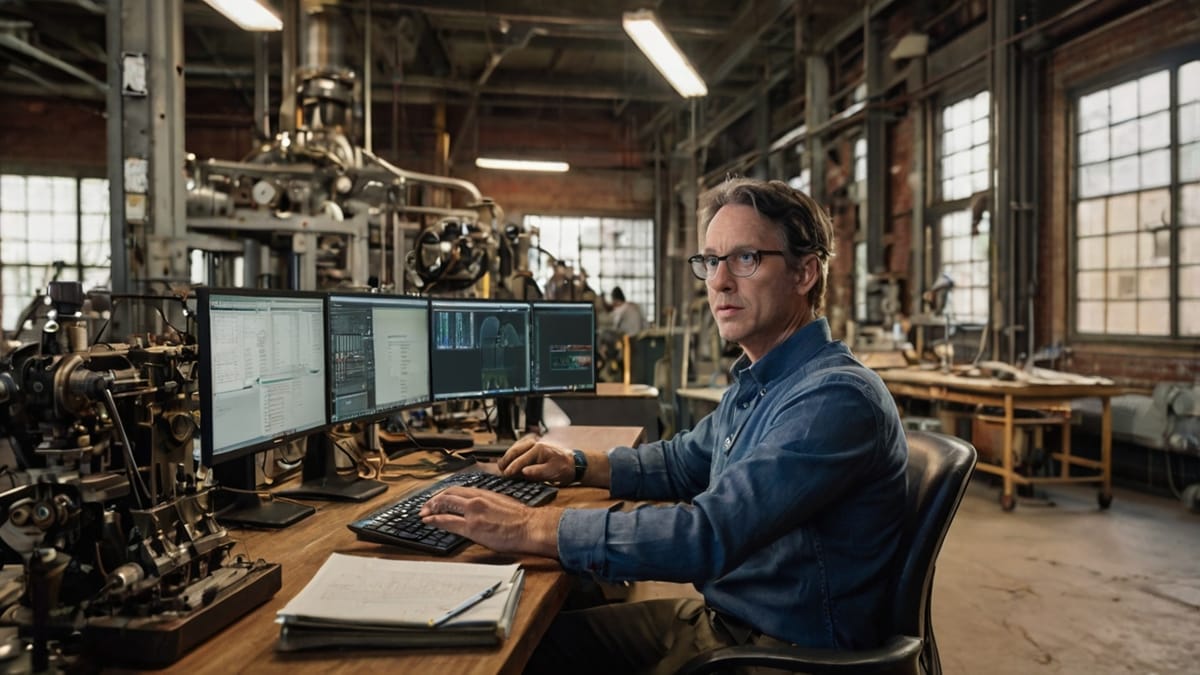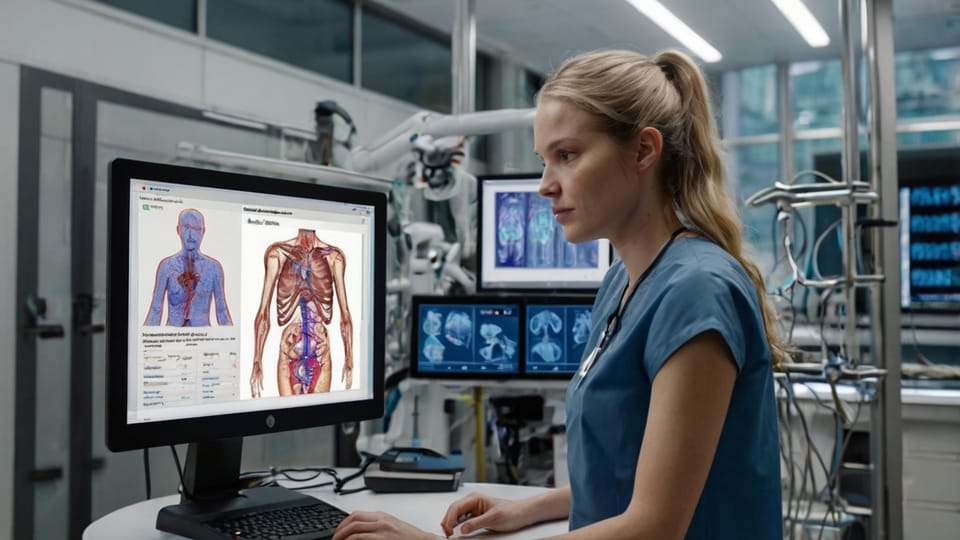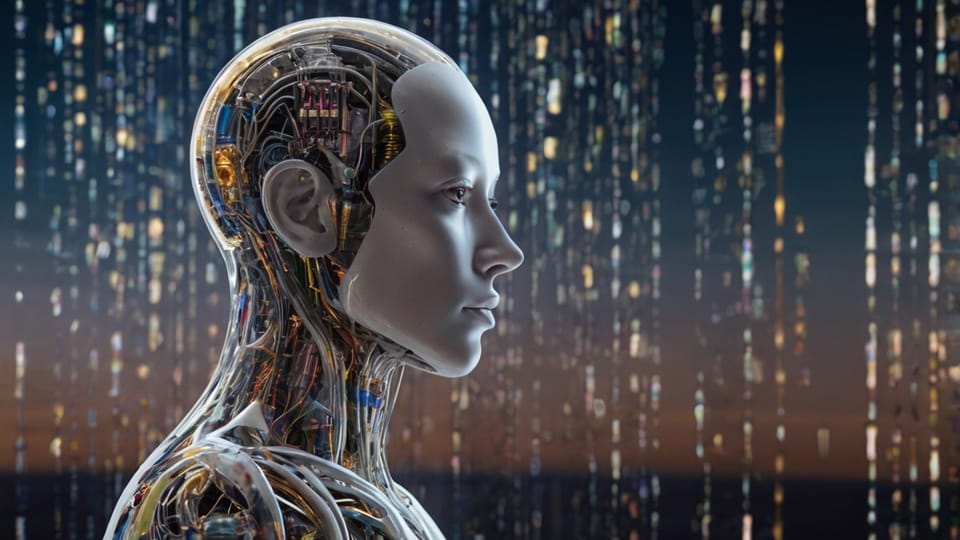Remote Work and AI Tools

The integration of remote work and AI tools marks a pivotal shift comparable to the Industrial Revolution's impact on labor organization. Just as the steam engine transformed manufacturing from cottage industries to centralized factories, today's AI-powered remote work capabilities are reversing this centralization – but with fascinating historical parallels to previous technological disruptions.
The Historical Echo of Distributed Work
According to recent data from the Global Workplace Analytics Report (July 2025), 47% of knowledge workers now use AI tools daily in their remote work setups. This mirrors the 1850s transition when the telegraph first enabled distributed business operations, though at a drastically accelerated pace.
"We're seeing a fundamental restructuring of work that echoes previous technological revolutions, but with one key difference – AI is both the enabler and the accelerant of this change," explains Dr. Sarah Chen-Martinez, Professor of Organizational Psychology at Stanford University. "The tools aren't just facilitating remote work; they're actively shaping how we collaborate."
Contemporary Case Studies
Two recent corporate transitions highlight this evolution:
- Salesforce's "AI-First Remote" initiative (launched August 2025) equipped 85% of their workforce with personalized AI assistants, resulting in a 34% productivity increase
- Microsoft's "Hybrid AI Workspace" program (July 2025) introduced context-aware collaboration tools that automatically adjust to whether employees are working remotely or in-office
The Contrarian Perspective
However, not all experts embrace this transition. Dr. Marcus Reynolds, Director of Human-Computer Interaction at MIT, offers a cautionary view:
"We're creating a dangerous dependency on AI tools for basic workplace interactions. The loss of organic, unstructured human collaboration could lead to decreased innovation and creative problem-solving over time."
Implementation Framework: The 3-Tier Integration Model
Based on historical patterns of technological adoption, I propose this framework for organizations:
- Tier 1 - Foundation: Implement basic AI-powered communication and project management tools (Weeks 1-4)
- Tier 2 - Enhancement: Add specialized AI tools for specific department needs (Weeks 5-8)
- Tier 3 - Integration: Develop custom AI solutions for unique organizational challenges (Weeks 9-12)
Looking Forward Through the Past
The current trajectory suggests we're entering a "Fourth Wave" of work transformation, following the agricultural, industrial, and digital revolutions. Organizations that understand this historical context while embracing new tools are positioning themselves for success in this evolving landscape.



